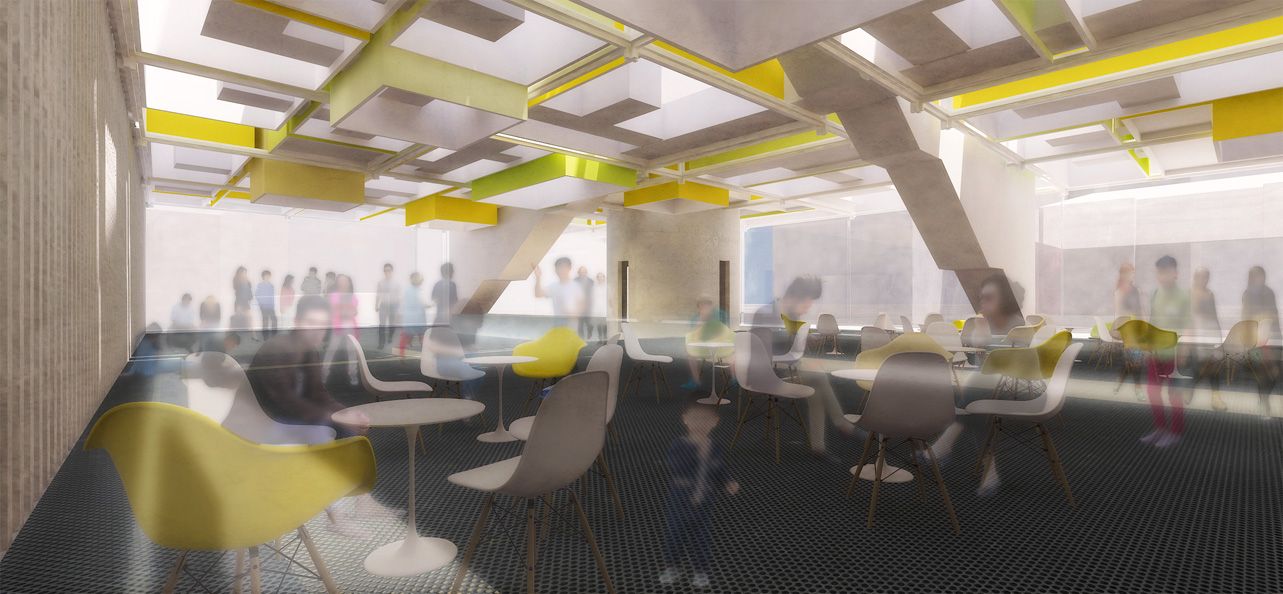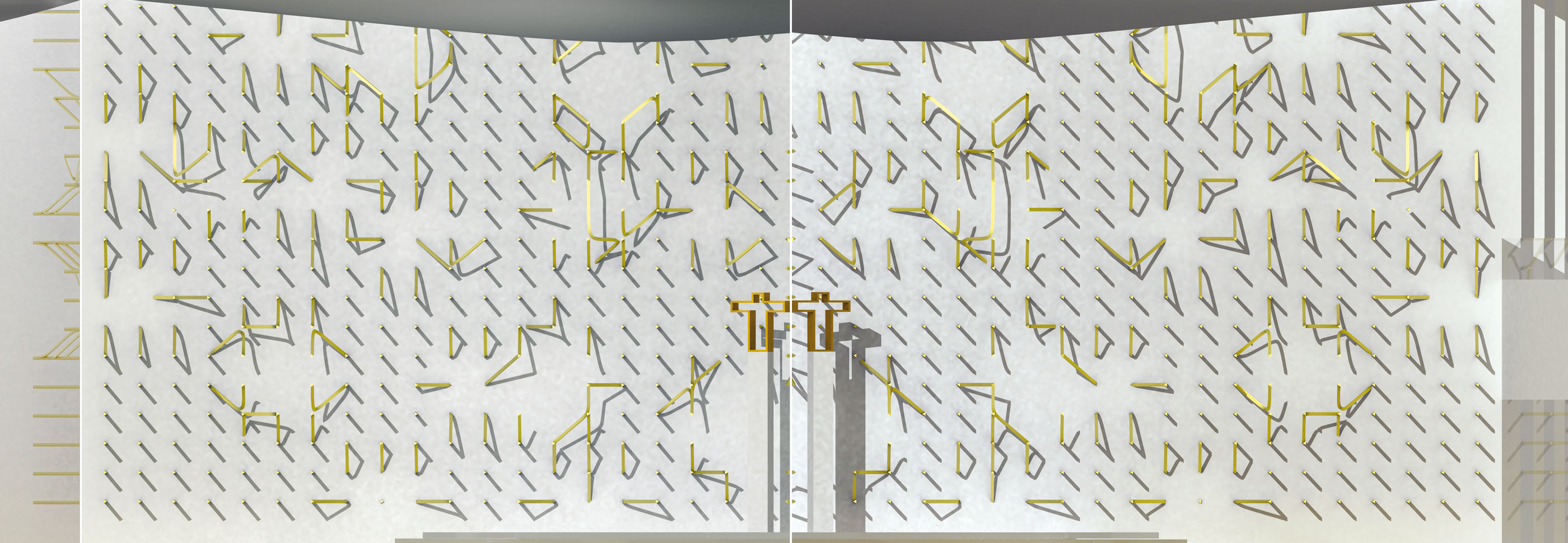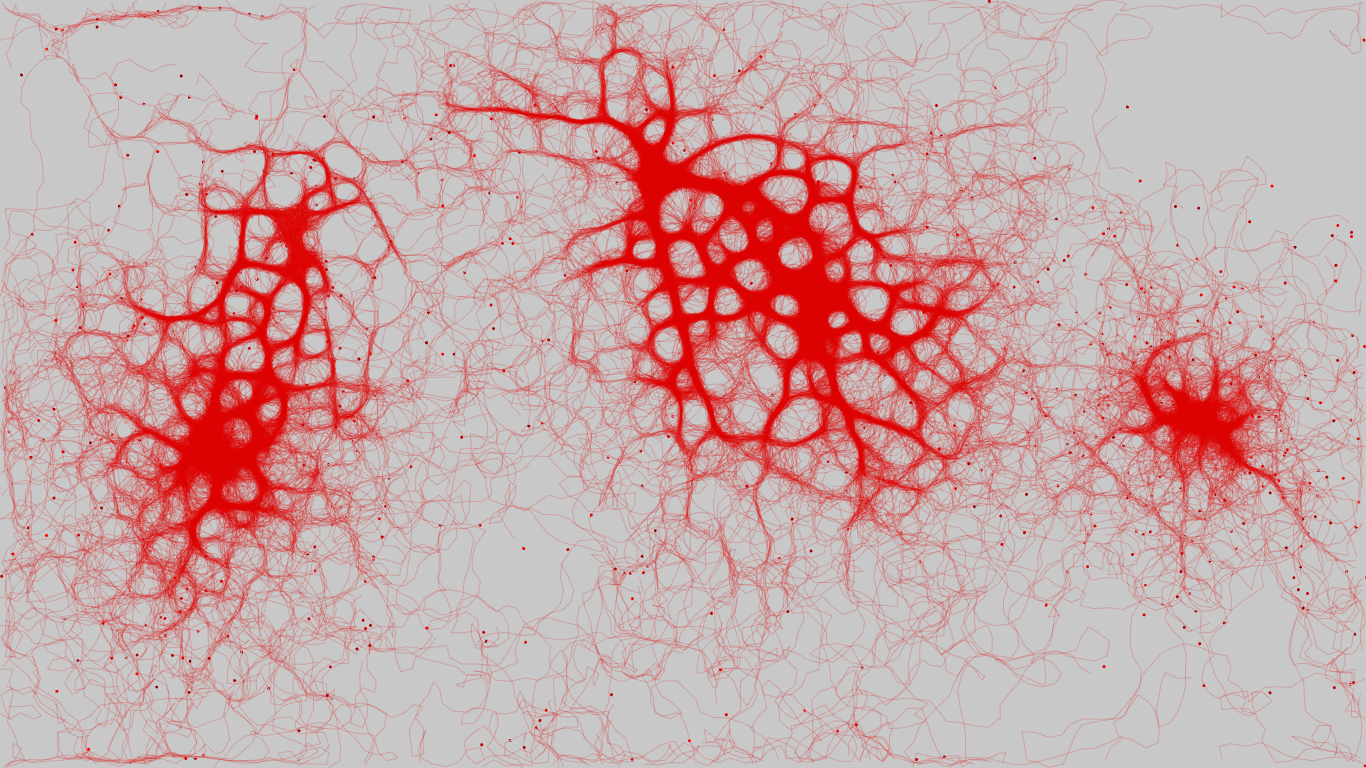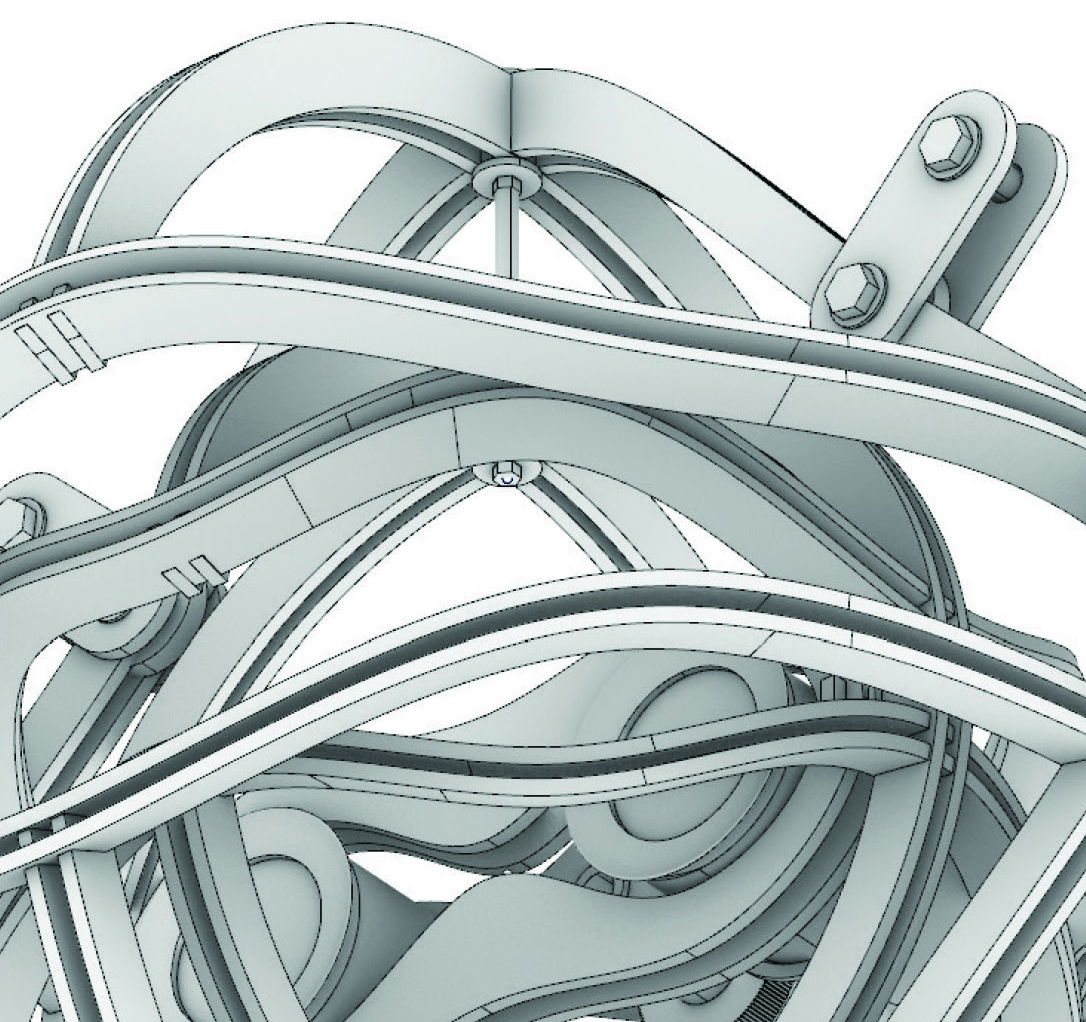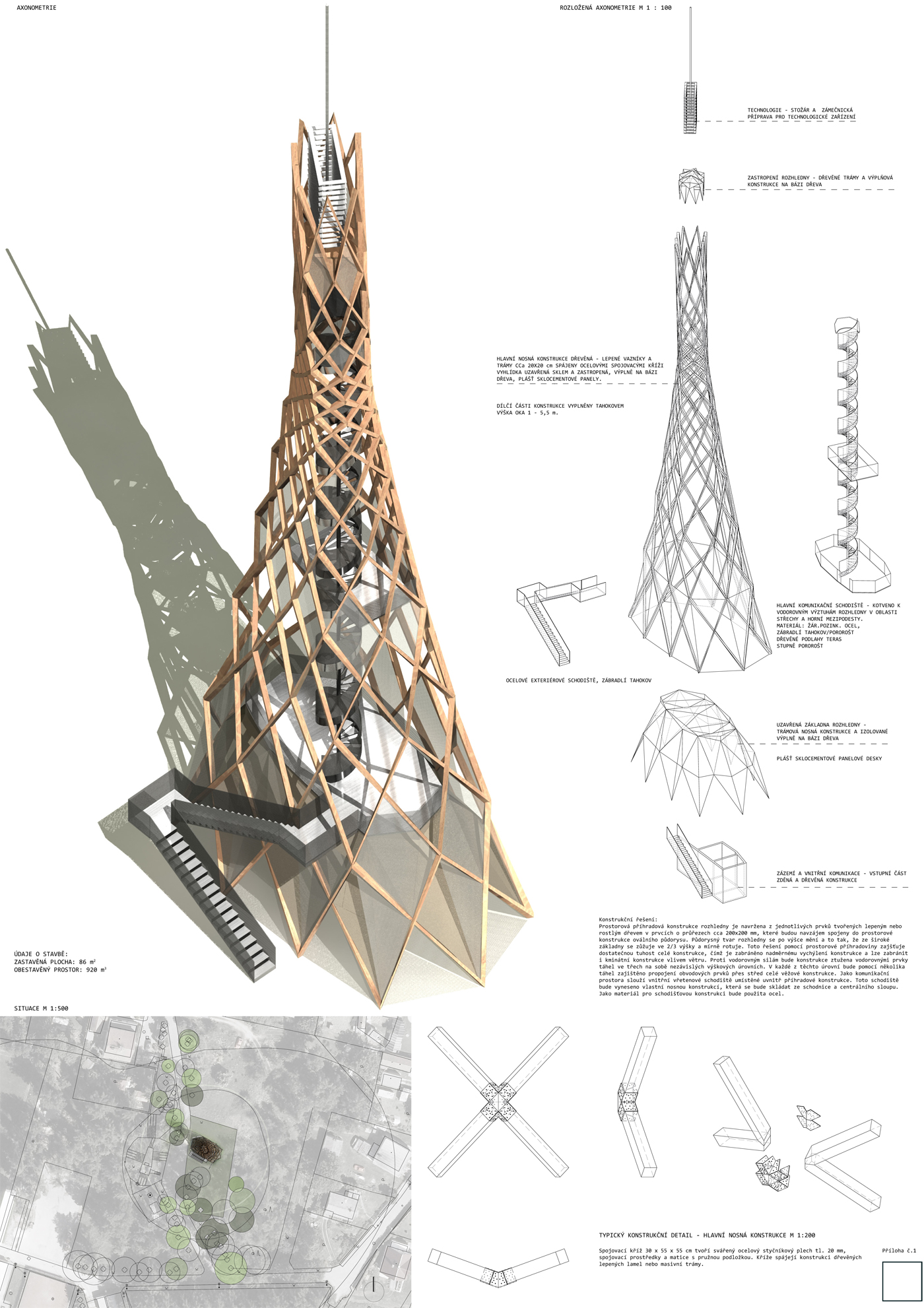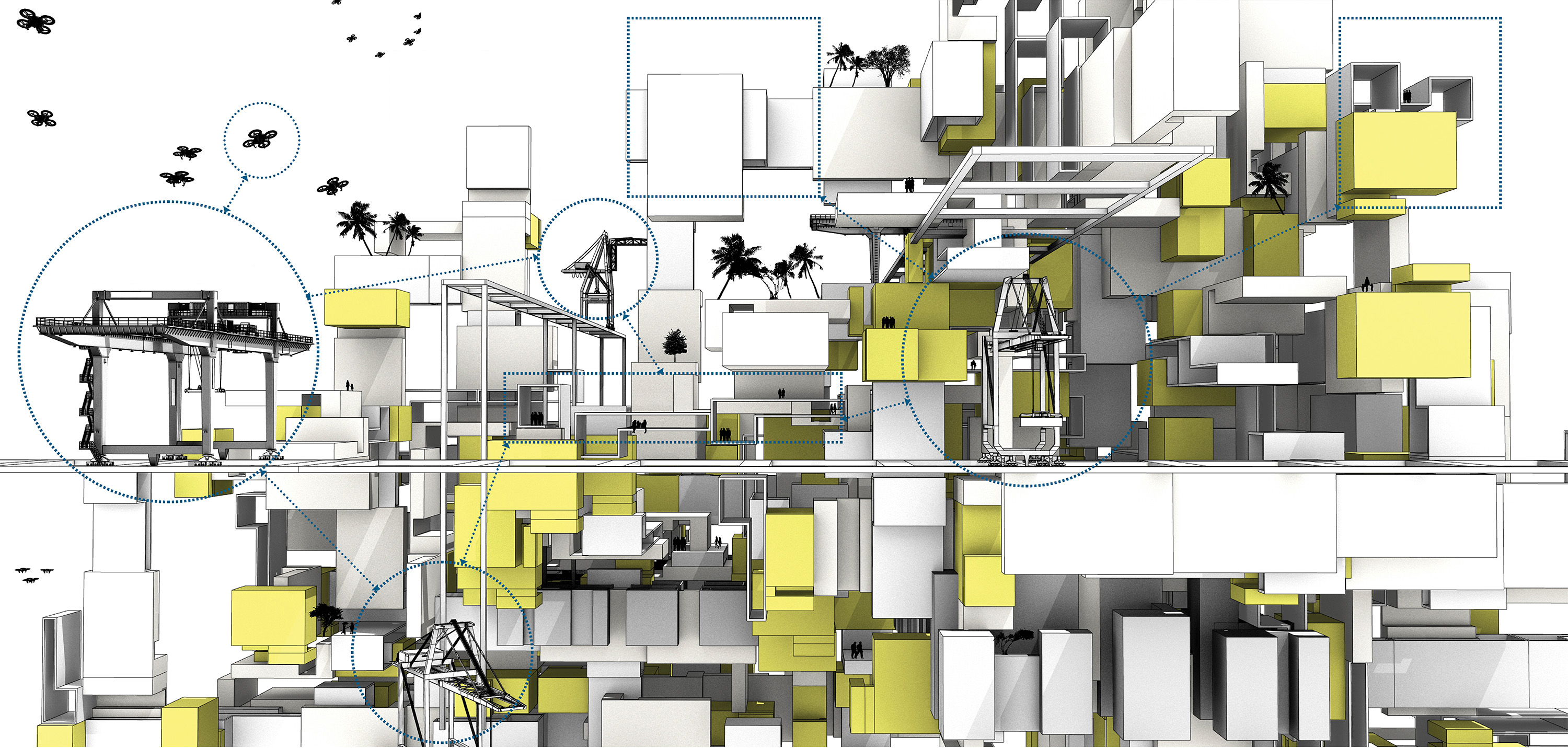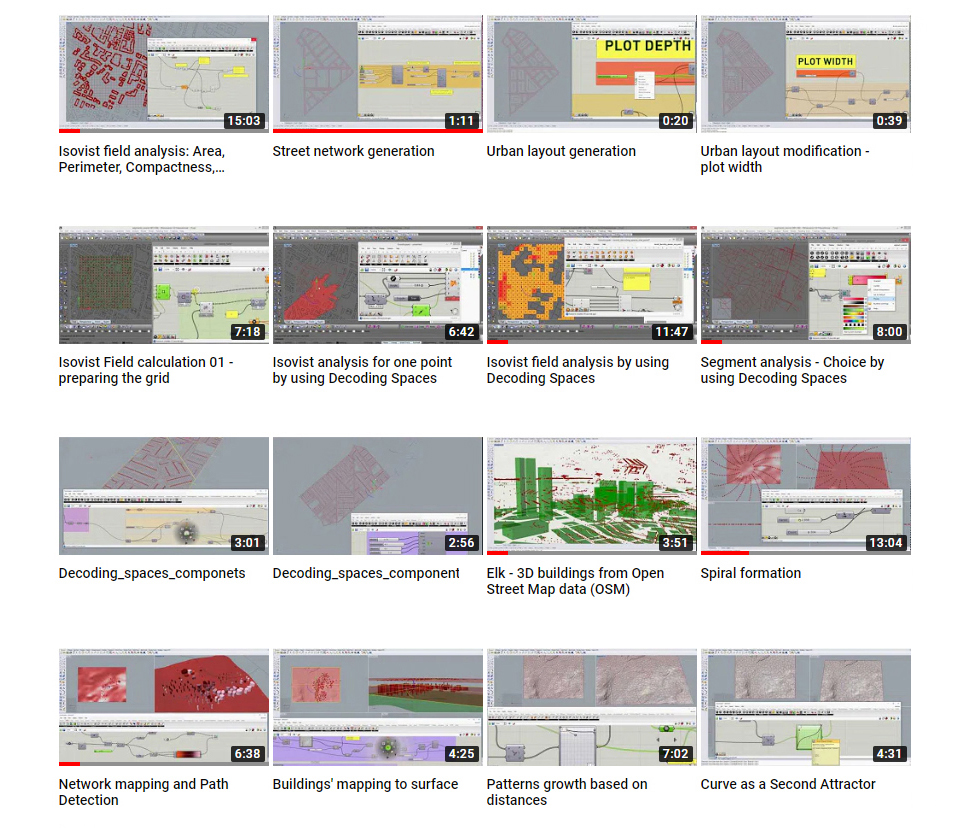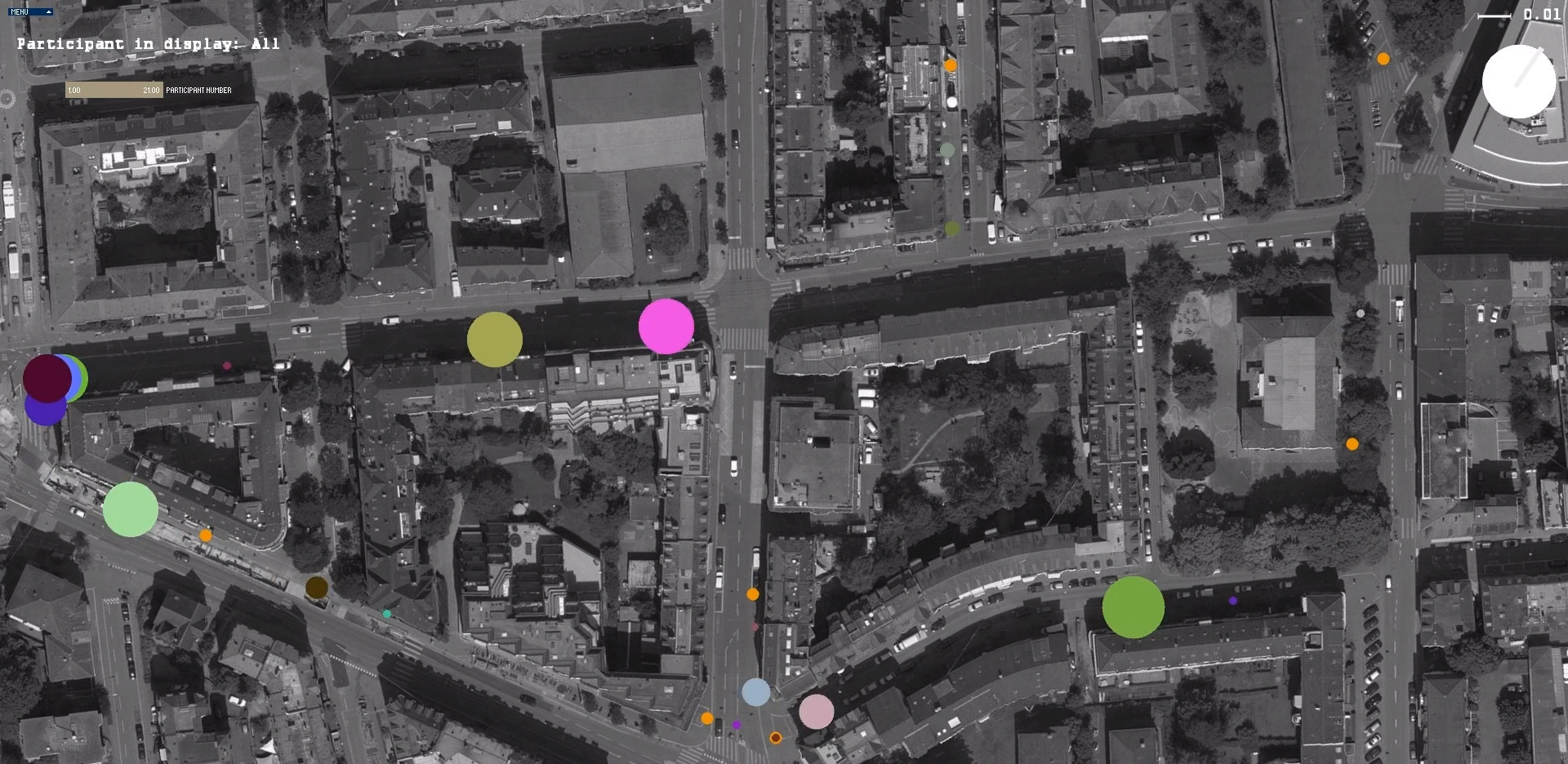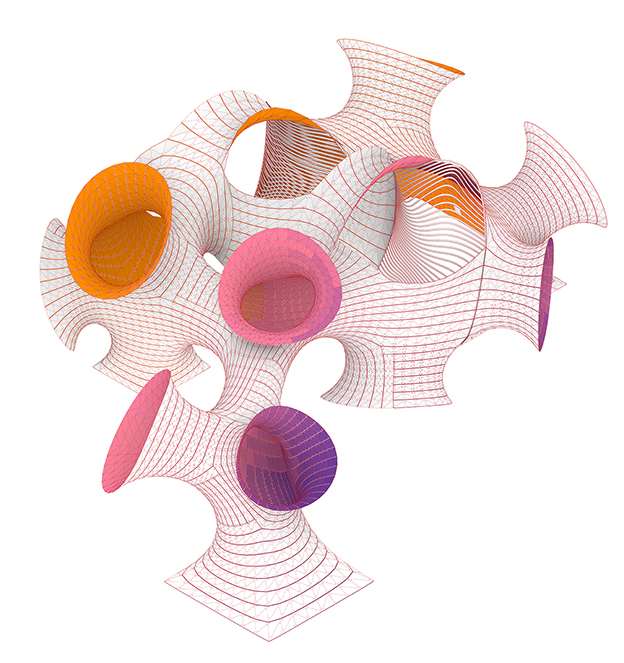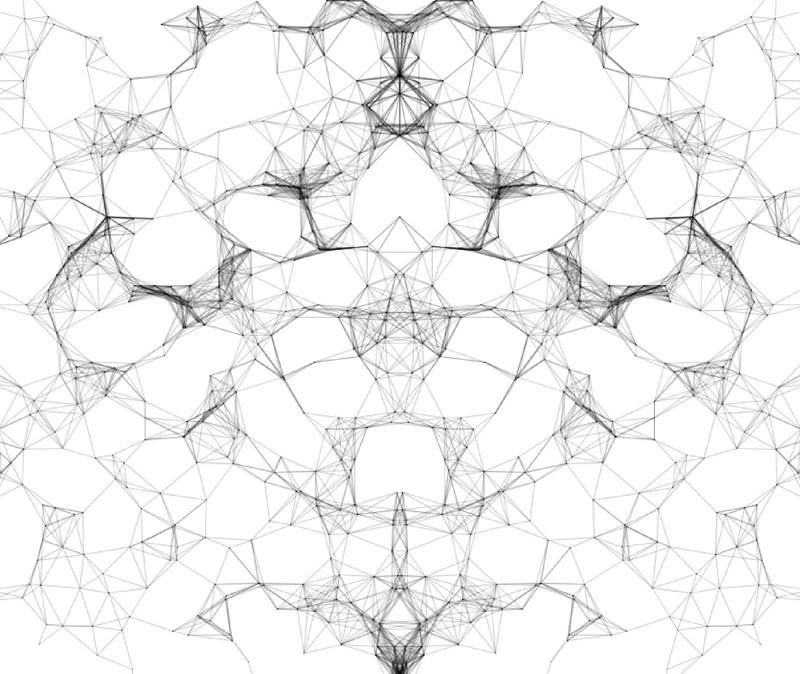Fish Trap – A floating Proto-assembly for Responsive Cities: Towards Citizen-Driven Customised Water Urban Spaces
Full text on ETH Research collection
Urban water spaces, lakes and rivers have an impact on the image of the city and have played a key role in the socioeconomic development of cities throughout the centuries. This positive trend makes the redevelopment of waterfronts an ideal test-bed for new concepts of citizen engagement and adaptive and responsive architectural designs. Unfortunately, waterfronts often change and change is activated from bottom-up, but even today, we can not actively engage the users in the design process. Hence, in this project, we will build a floating proto-architectural system, consisting of a set of simple pre-defined modules which can be assembled, re-assembled and assembled again in different configurations by the end users (citizens) on-site, leading to a diverse number of more complex architectural and spatial variants. Water, as a key environmental and architectural feature of a given space, will serve as a medium for adaptability, flexibility and interaction with the city. Our proto-assembly will behave like an ancient FISH TRAP; but this time in London, in waters of Thames; our novel fish trap will harness latest material, technological and computational achievements and digital fabrication methods together with robust architectural design practices. The users will transform the old design idea of simple fish trap to a unique proto-architecture
